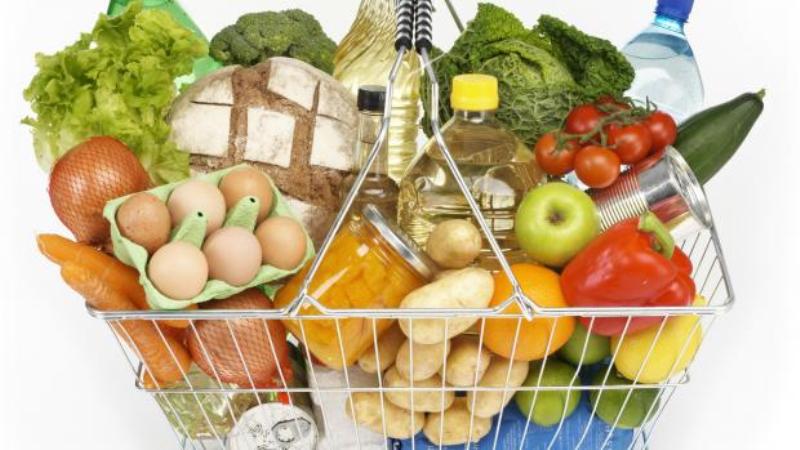In the year 2016, the Food and Agricultural Organization of the United Nations (FAO) and USAID’s Food and Nutrition Technical Assistance (FANTA) devised guidelines on Minimum Dietary Diversity for Women. These guidelines are to be held as parameters to not only measure well-being but also to define what constitutes it. The reason they are standardized is to set benchmarks and dispel myths about health and related issues. Setting up customized dietary guideline based on the one devised by FAO and FANTA is imperative for India considering that we fail at it on the level of institutional regimentation of health as a priority. Proper Implementation of the guideline and monitoring of the same is extremely crucial. Right to Good health is a human right. In the context of gender-based needs, it is more so important for women. Healthy pregnant women and lactating mothers ensure healthy off springs.

India as a country should take a cue from Sierra Leone which devised dietary guideline on healthy eating in the year 2016. The guideline adhered to the one made by FAO but was customized as per the local produces that are found in the country. This effort made by FAO and Sierra Leone demonstrates the importance of individual health contributing to a healthy country, healthy workforce and healthier economy. It is not necessary that the aforementioned one leads to another. It may also be cyclical in nature. A healthy economy can open up access to healthier lives and vice-versa.
The Mid-Day Meal (MDM) system in Indian schools was initiated to promote education and discourage school drop-outs. Ordinarily in a week’s mid-day meal, a child eats rice, yoghurt curry, sweet vermicelli, dal, other lentils and seasonal vegetables. MDM is an Indian Government sanctioned scheme which feeds children to keep them in school. From the FAO and FANTA’s dietary perspective, MDM fares poorly. In order to have diet diversity, the aforementioned organizations recommend the consumption of the following ten food groups:
1. Grains, white roots and tubers, and plantains
2. Pulses (beans, peas and lentils)
3. Nuts and seeds
4. Dairy
5. Meat, poultry and fish
6. Eggs
7. Dark green leafy vegetables
8. Other vitamin A-rich fruits and vegetables
9. Other vegetables
10. Other fruits

The current scenario of health in India is a mixture of passion about food from the movie Ratatouille and Nigella Lawson’s pride of culinary heritage that meets the newfound connection of food to well-being as endorsed by every person who lives in the city and raves about organic food. This is in stark contrast to the rural India where access to health is hampered by poverty, gender influence over food and varying cultural realities. There is a common undercurrent of ignorance that runs in the urban and the rural setup where in the former, furious discussions over food and well-being take place. Is egg yolk bad for health or is it good? How to optimize on gymnasium exercise by combining zumba with weights and cardio? How much Protein Shake is too much? ‘Eat a pastry only the size of I-Phone 5S screen!’ In the latter setup, it starts with poor agricultural practices, adverse effects of climate change, prioritizing male hunger requirements over that of the female and basic ignorance of nutrition that is a result of school drop-outs and hence missing out on biology and nutrition lessons that are taught in Higher Secondary academics at school.




